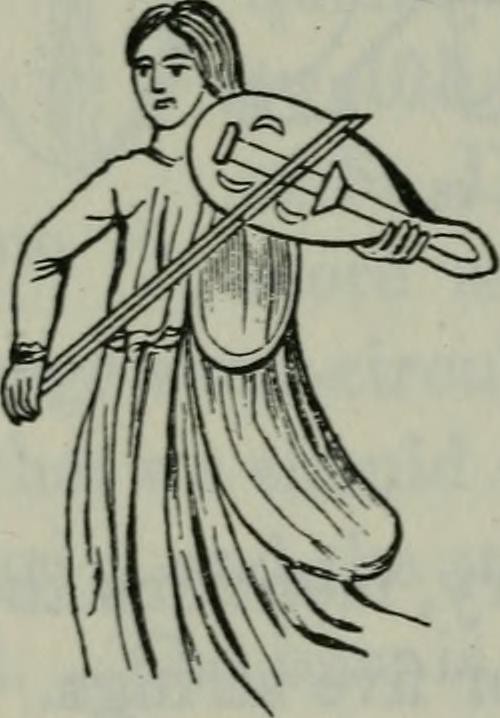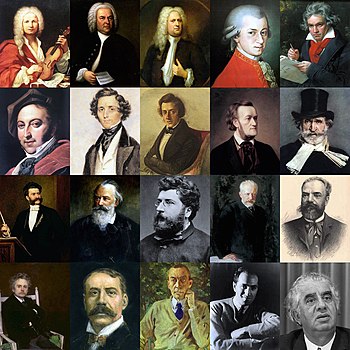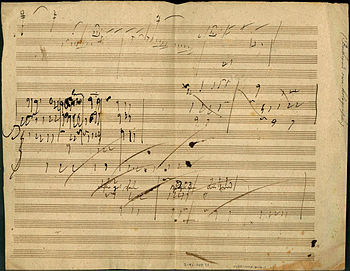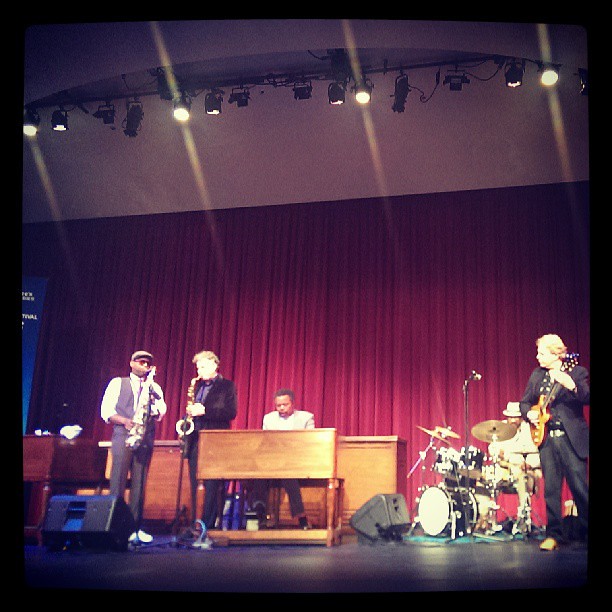 |
| Lionel Hampton during a concert in Aachen (Germany) on May 19th, 1977 (Photo credit: Wikipedia) |
One great jazz musician was Lionel Hampton. Lionel was a bandleader, actor, jazz vibraphonist and percussionist. He has worked with other famous jazz musicians such as Buddy Rich, Quincy Jones, and Charlie Parker. Lionel was raised by his grandmother in the south before he relocated to Chicago. In the 1920's he started playing the xylophone and drums. His first instrument was the fife drum.
When he was a teenager he played drums for the Chicago Defender Newsboy's band. When he lived in California, he played for the Dixieland Blue-Blowers. The first band that he recorded with was The Quality Serenaders, then he left again to go play with another band, Les Hite band. It was here that he began studying the vibraphone. Louis Armstrong asked Lionel to play the vibraphones on two songs. That is when he made the vibraphone a popular instrument.
While still with the Les Hite band, Lionel went to the University of Southern California taking music. He also worked with the Nat Shilkrer orchestra. In 1936 he was in the film Pennies From Heaven, starring Bing Crosby. He was next to Louis Armstrong but hid by wearing a mask when he was playing the drums.
In 1936 he was fortunate to meet Benny Goodman who came to watch him perform. Benny asked him to join his trio which consisted of Benny, Gene Krupa, and Teddy Wilson. It was then renamed the Benny Goodman Quartet. The year before, Lionel worked with Billie Holiday with Benny's orchestra. This group of artists was one of the first integrated jazz groups that performed openly in society.
Lionel recorded with several groups while still with Benny Goodman, but in 1940 he left to create his own big band. Lionel's orchestra was a hit in the 40's and 50's. "Flying Home" featured an Illinois Jacquet solo that began a new style of music, R&B. The song was so popular that he did another version called "Flying Home, Number Two", with Arnett Cobb. Lionel's music was a mixture of jazz music and R&B during this time. Some great jazz musicians that worked with him during this time were Johnny Griffin, Dinah Washington, Charles Mingus and Dizzy Gillespie.
As time went on, in the 1960's and after, his success lessened. He was still performing hits from the 1930's-1950's. In the 1970's he recorded with the Who's Who Record label, but still did not do as well as he could have.
Going the college route seemed to help a bit. His band played at University of Idaho's jazz concert regularly. In 1985, the named it the Lionel Hampton Jazz Festival. Two years later, they named the music school the Lionel Hampton School of Music. It was the only music school at a university that was named after a jazz musician. Lionel kept playing until he had a stroke in 1991 in Paris. Even though he had to stop performing as much, he did a performance at the Smithsonian National Museum of American History in 2001, not long before he died. This jazz music legend will never be forgotten.
|
















